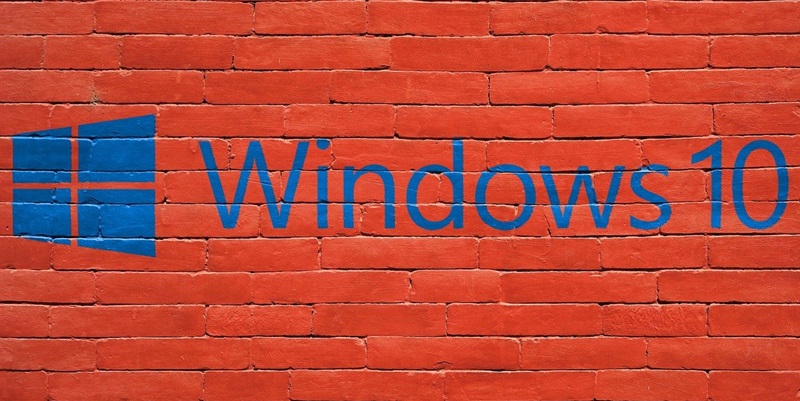In a surprising shift within the tech world, the landscape of Microsoft’s Windows operating systems has witnessed the unexpected: Windows 10 is reclaiming its dominance over its newer counterpart, Windows 11. As recent data from March to April 2024 indicates, Windows 10’s market share has escalated to 70.03 percent, leaving Windows 11 trailing with a decrease to 25.65 percent. This revelation is particularly striking given that Windows 10 support is approaching its end of life, which typically signals a migration towards newer versions.
User Reluctance to Switch
The decline in Windows 11’s popularity could be attributed to user resistance, particularly towards the integration of AI features perceived as too intrusive or complicated. Some users seem to have a penchant for the familiarity and stability that Windows 10 offers, even as Microsoft makes strides to sunset the operating system. This situation runs contrary to the typical lifecycle of software, where the latest iteration gradually overshadows the earlier. Yet, Windows 10 users display a comfort level with the status quo that is sufficiently strong to stall the momentum of Windows 11.

